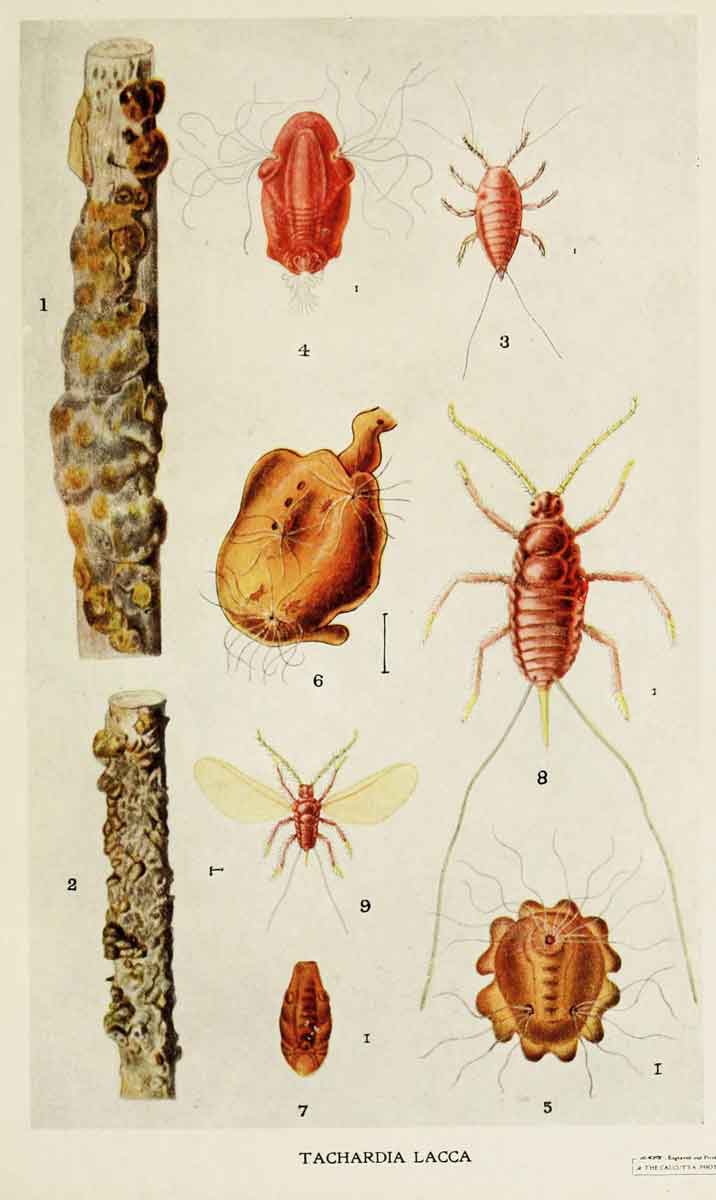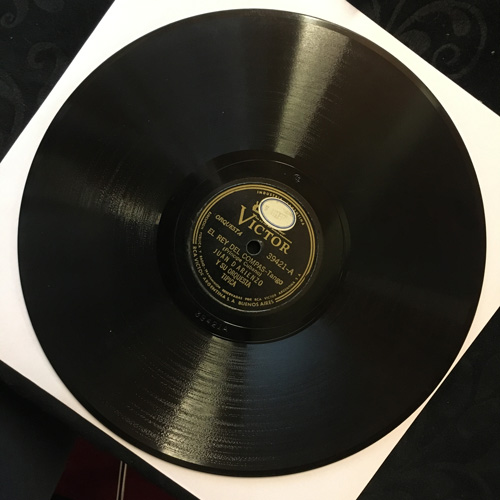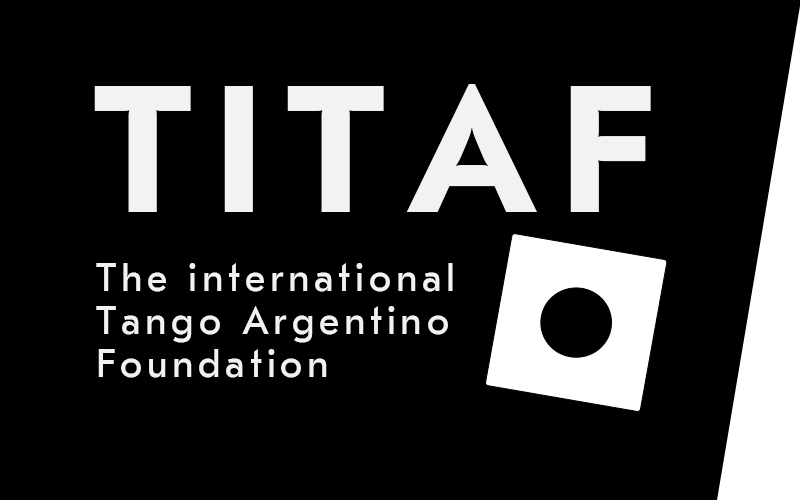About the Background of Shellac
From the Louse to Lomuto!
How a tiny insect is responsible for the highest auditory pleasure, and a brief historical overview of mankind's attempts to make sounds reproducible.




The Dawn of Sound Recordings
The initial attempts at sound recordings were not made until the late 19th century. In 1860, Édouard-Léon Scott de Martinville, employing a pig bristle in his phonautograph, etched the sound vibrations of a folk song onto a soot-blackened cylinder, thereby visualizing the sound waves. However, this recording was not meant for playback and was only reconstructed and made audible in 2008!
In 1877, Thomas Edison, who was incredibly industrious during this period and even developed a device for electric light in private rooms, created a simple dictation machine - the phonograph. This device was groundbreaking as it allowed both recording and playback to work efficiently.
Mechanical recordings were the norm until 1925, after which electrical recordings made with transistor switches became possible from 1926 onwards.
The Role of Shellac
Interestingly, our enjoyment of Argentine tango music, predominantly featuring tracks from the 1920s to the 1950s, can be indirectly attributed to a minuscule creature: the lac insect. This insect pest infests numerous trees in South America, Central and East Asia, including poplar figs and rain trees. Shellac is derived from the resin secreted by the lice to safeguard their young during growth. This practice dates back approximately 3000 years; hence, the material shellac predates the shellac record, where the resin is utilized as a binder. To produce one kilogram of shellac, it takes between 300,000 to 500,000 lac insects.
Today, shellac is still employed as furniture polish, as a coating material in the food industry, and as a gloss agent in cosmetics. Although deemed harmless to health, it is not suitable for vegetarians. Additionally, the production conditions are not always considered entirely ethical, as the resin is sometimes scraped off the tree prematurely, before the offspring have fully hatched. If you find E-904 listed in the ingredients of your chewing gum, that's shellac.
It's fascinating to consider how a small insect has contributed so significantly to the evolution of sound recording technology and various other industries.




